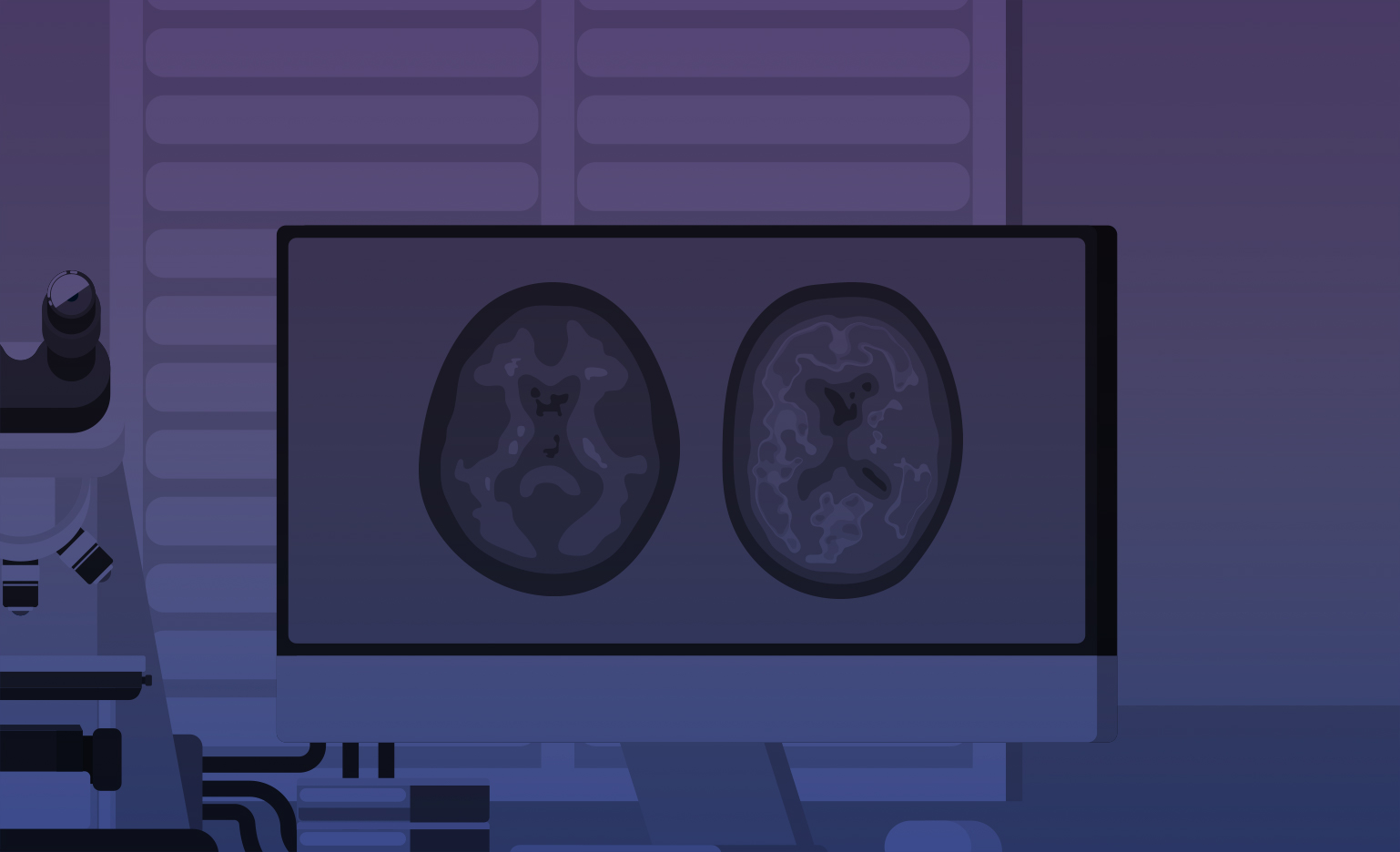Eleusis Benefit Corporation, PBC
Eleusis Benefit Corporation, PBC
Investigating the effect of 5HT2A receptor agonists, lysergic acid diethylamide (LSD) and (R-)-2,5-dimethoxy-4-iodoamphetamine (R-DOI) on Alzheimer's Disease etiologies in the non-transgenic and the transgenic animal models
(300 WORDS MAX.) Current therapeutics have failed to adequately modify or halt the unrelenting progression of Alzheimer's Disease (AD). An optimal therapeutic approach would address the diversity of AD's underlying etiology, including well-known therapeutic targets such amyloid beta and neurofibrillary tangles of hyperphosphorylated tau, as well as novel therapeutic targets such as chronic neuroinflammation, neuronal energy failure, cholesterol metabolism, synaptic function, and impaired vascular function. The modulation of serotonin-2A (5-HT2A) receptor function may potentially address all of these pathological drivers of AD's etiology. 5-HT2A receptors, expressed highly in the brain, mediate neurogenesis, neuroplasticity, amyloid beta processing, cognition, mood, and learning. 5-HT2A receptor also plays a key role in modulating inflammation and vascular health in the periphery and brain. Lysergic acid diethylamide (LSD) is a mixed serotonin/dopamine agonist with potent cognitive and perceptual effects mediated by 5-HT2A that has demonstrated to have an anti-inflammatory effect in a transgenic animal model of AD while significantly reducing soluble amyloid beta 40/42 compared to controls. (R-)-2,5-dimethoxy-4-iodoamphetamine (R-DOI) is a selective 5-HT2A agonist that has anti-inflammatory effects in animal models of peripheral inflammation including asthma, and has been observed to suppresses atherosclerotic inflammation and restores glucose homeostasis in an apolipoprotein E (APOE)-deficient mouse model of cardiovascular disease. Eleusis seeks to test the hypothesis that LSD and/or R-DOI, at sub-perceptual dose levels, suppresses neuroinflammation and prevents or slows AD by restoring homeostatic glucose metabolism and neuronal energy utilization, preventing vascular injury and dysfunction, and enhancing neuroplasticity and neurogenesis, first in animal models, and ultimately in Phase II clinical trials.

